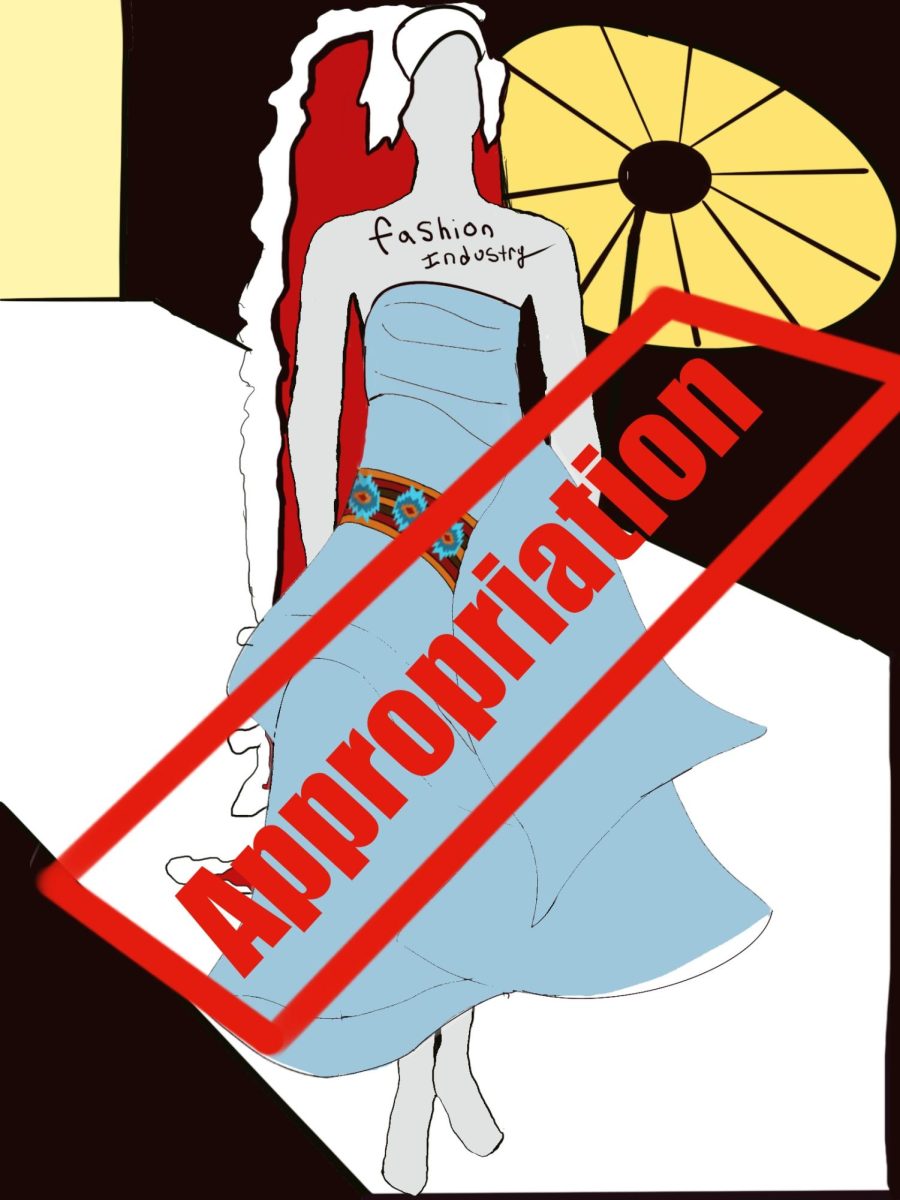Do you ever consider the significance of your clothes before getting ready for the day? The history behind the design? Or the significance of the particular hairstyle you are sporting? Traditional attire and styles are worn in many cultures and are deeply symbolic for those who wear them. The fashion industry has used that as inspiration recently in an effort to create “trendy” and “exotic” designs.
Like any other art form, fashion design is commonly known to draw inspiration from various sources, including other cultures. However, there have been instances when various designers have appropriated parts of different communities and used them without giving due credit to the original culture or realizing the significance of the appropriated aspects. By ignorantly using elements from other cultures, the industry is seen to be entering the realm of cultural appropriation.
Cultural appropriation, according to the Oxford English Dictionary, is defined as “The unacknowledged and inappropriate adoption of the practices, customs, or aesthetics of one social or ethnic group by members of another (typically dominant) community or society.” This is widely seen within the fashion industry, as traditional attire is used solely for aesthetics and profits.
Gucci displayed cultural appropriation on their fall 2018 runway, which the brand faced backlash for. During this show, Gucci featured various white models wearing turbans, a head covering that is worn by men in the Middle East and South Asia, during their walk, which caused individuals to be upset. To make matters worse, the company even began selling these items at Nordstrom for profit without even acknowledging or understanding the cultural importance of the clothing. The Sikh Coalition, a national organization, spoke out about the issue as they stated, “The turban is not just an accessory to monetize; it’s a religious article of faith that millions of Sikhs view as sacred.”
Similar instances occurred when Marc Jacobs had models Gigi and Bella Hadid walk the runway wearing dreadlocks. Dreadlocks have a deep history rooted in religious and spiritual significance within the Rastafarian culture and have even proven to be a “statement of non-violent non-conformity, communalism and socialistic values, and solidarity with less fortunate or oppressed minorities,” according to the Knotty Boy website. Although it is said in Women’s Wear Daily that Jacobs was inspired by Lana Wachowski, an American film director, to do the hairstyle, there was no acknowledgment of the style’s origin or spiritual significance to Rastafarianism.
In a highly interconnected and diverse world, it is only natural that individuals adopt traditions and customs from different cultures, but there is a line that must be drawn between cultural appropriation and appreciation. Fashion and clothing are very powerful ways for people to express themselves, and indulging in the styles and attire from different cultures can be a way to show admiration and respect.
But there is a difference between respectfully using a turban to learn more about a community’s culture and beliefs and dressing up as a native princess for Halloween because it is “cute” or “trendy.” In the end, if someone wants to explore and be a part of using attire from different cultures, they should make sure to do their research and give proper credit to the communities involved. Do not wear something only because it has become mainstream in the media.








